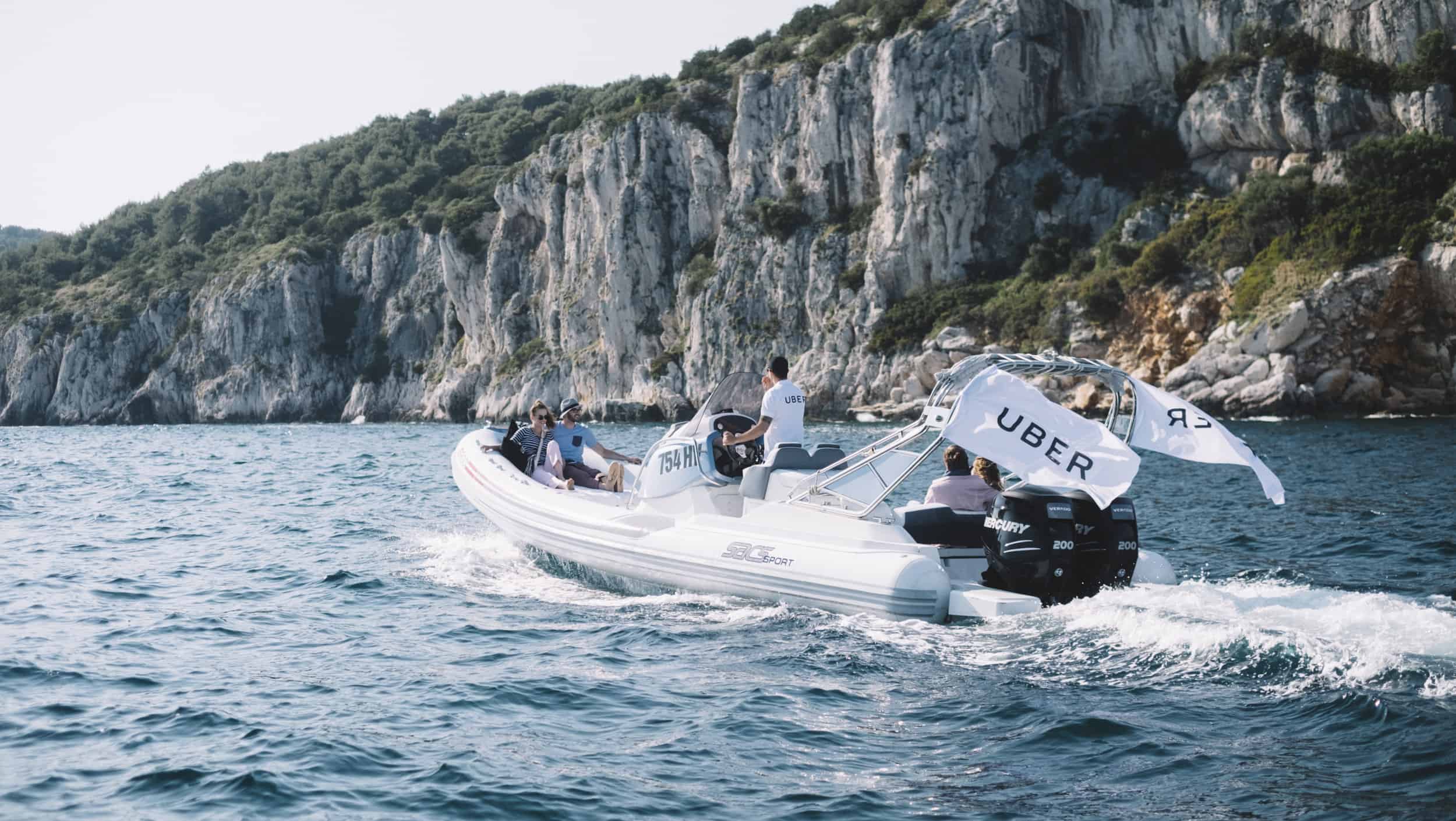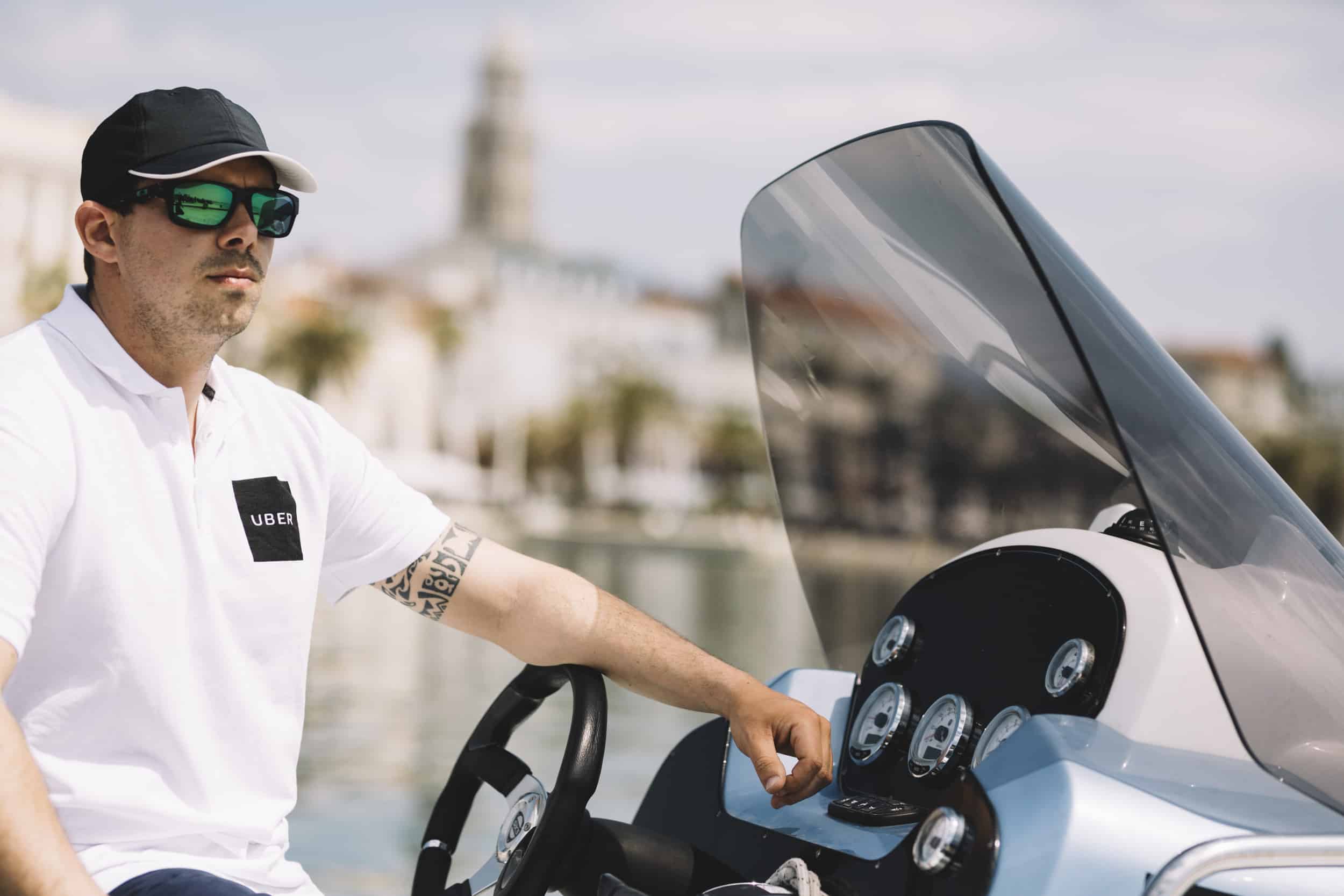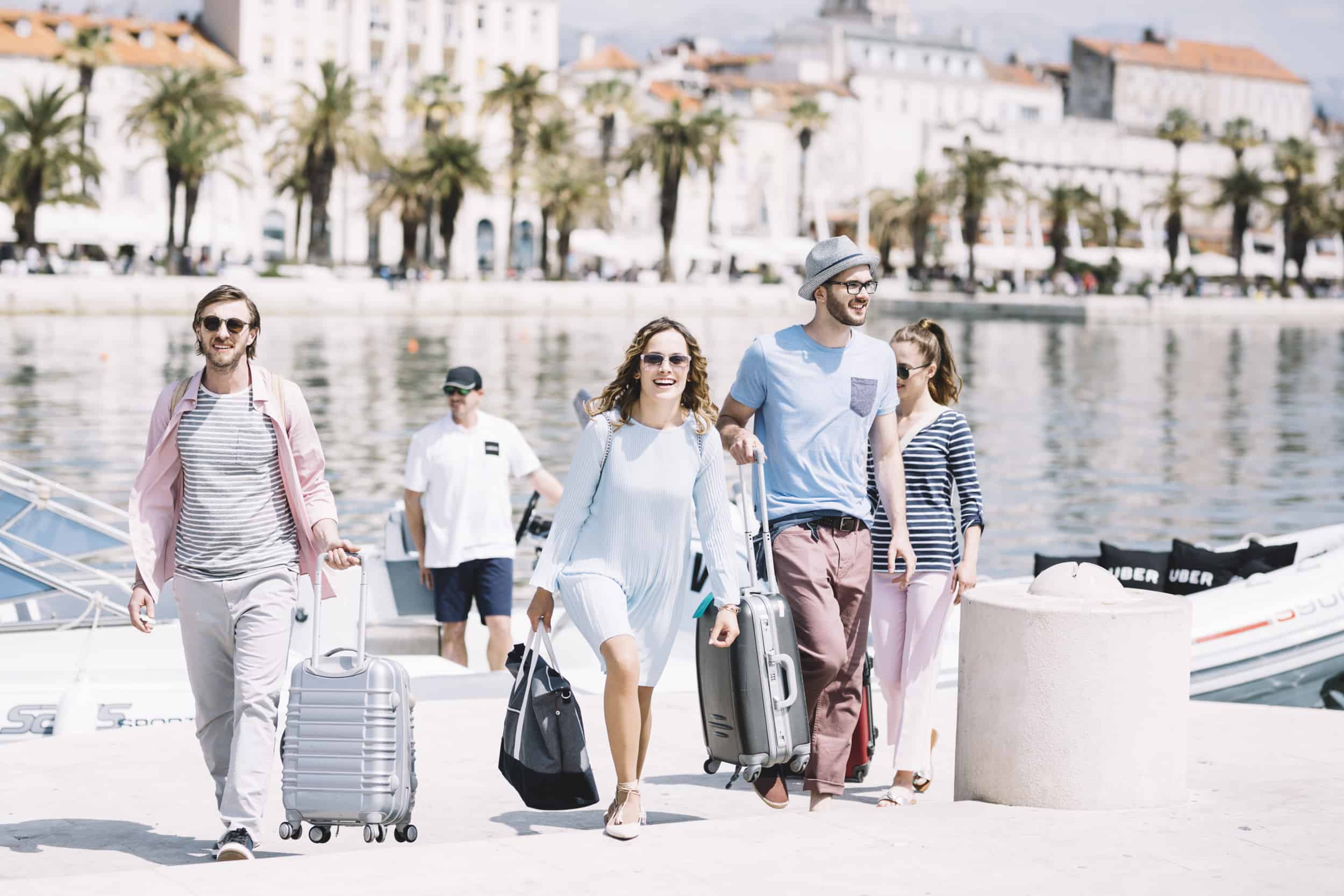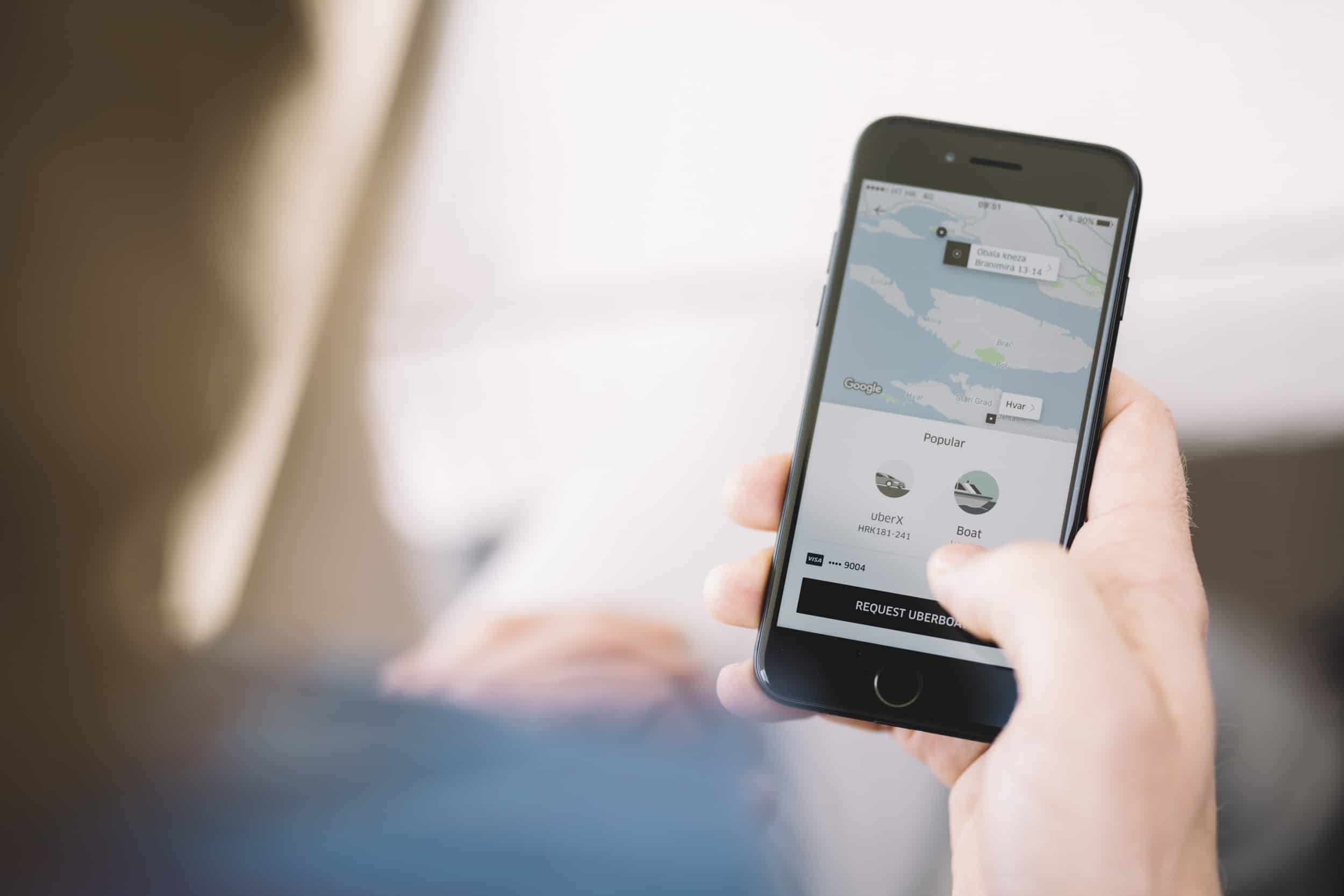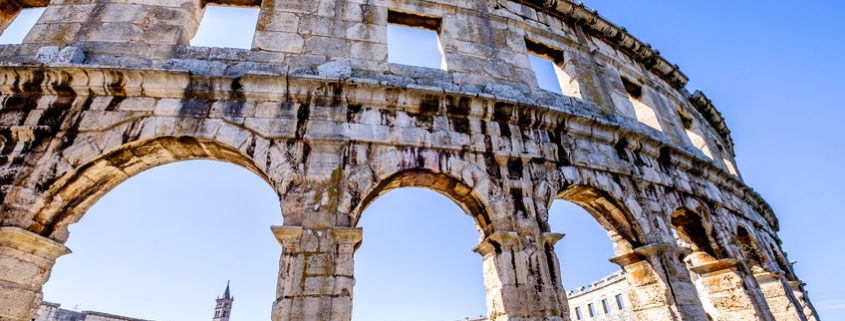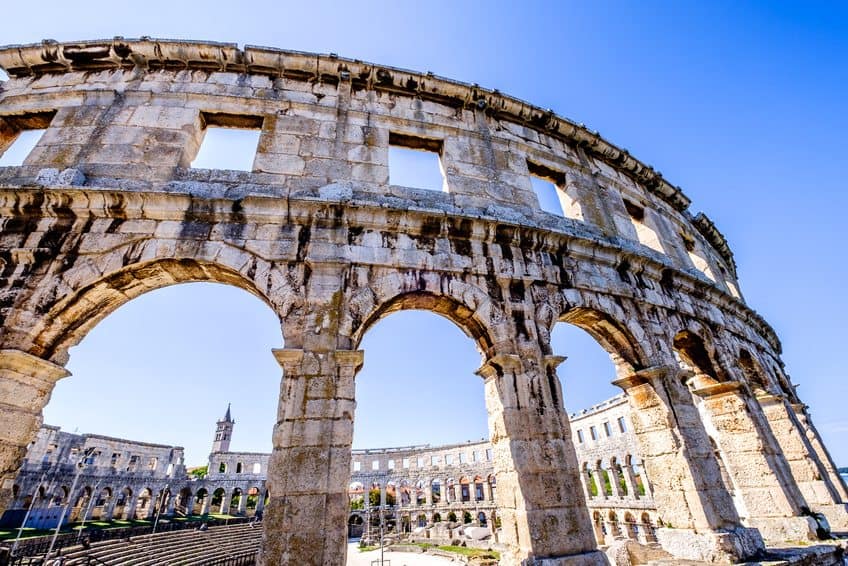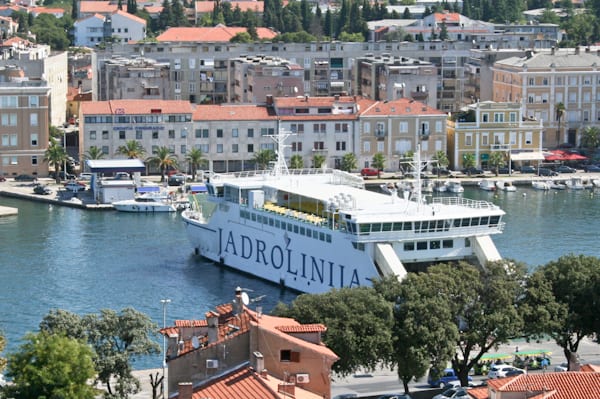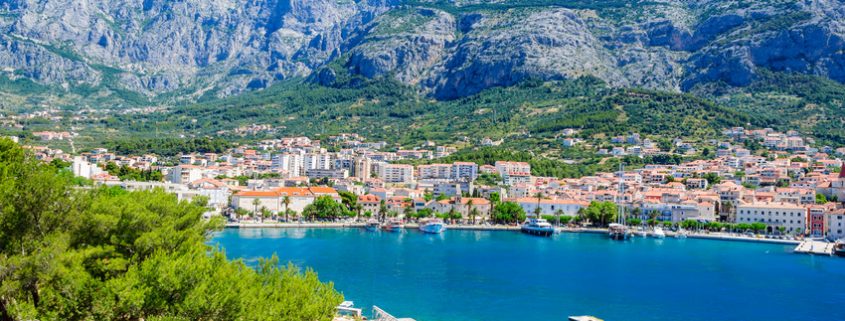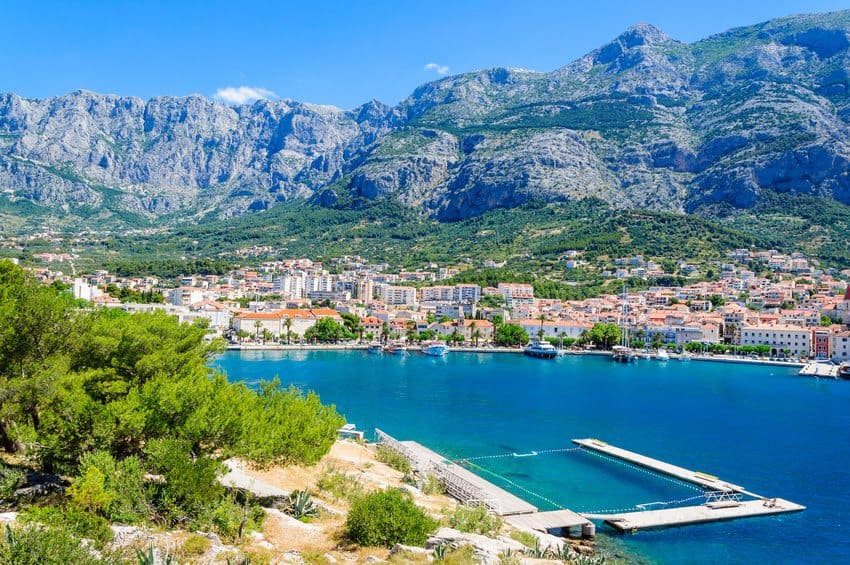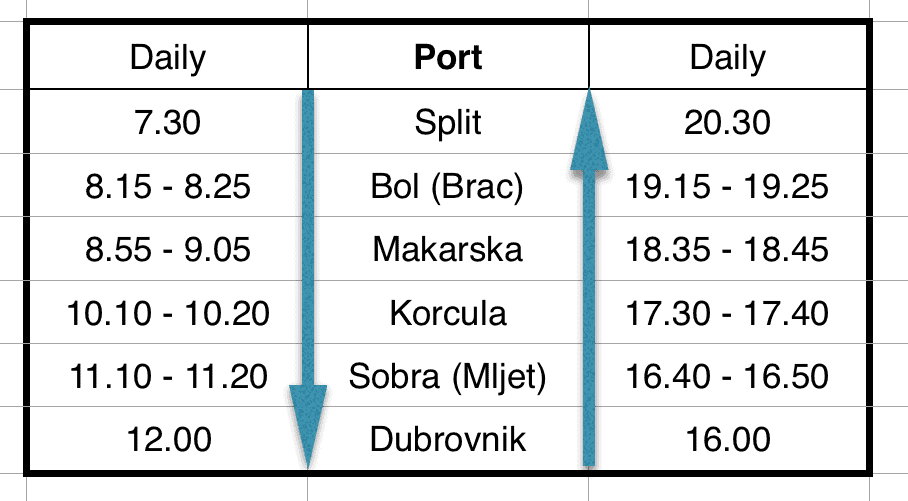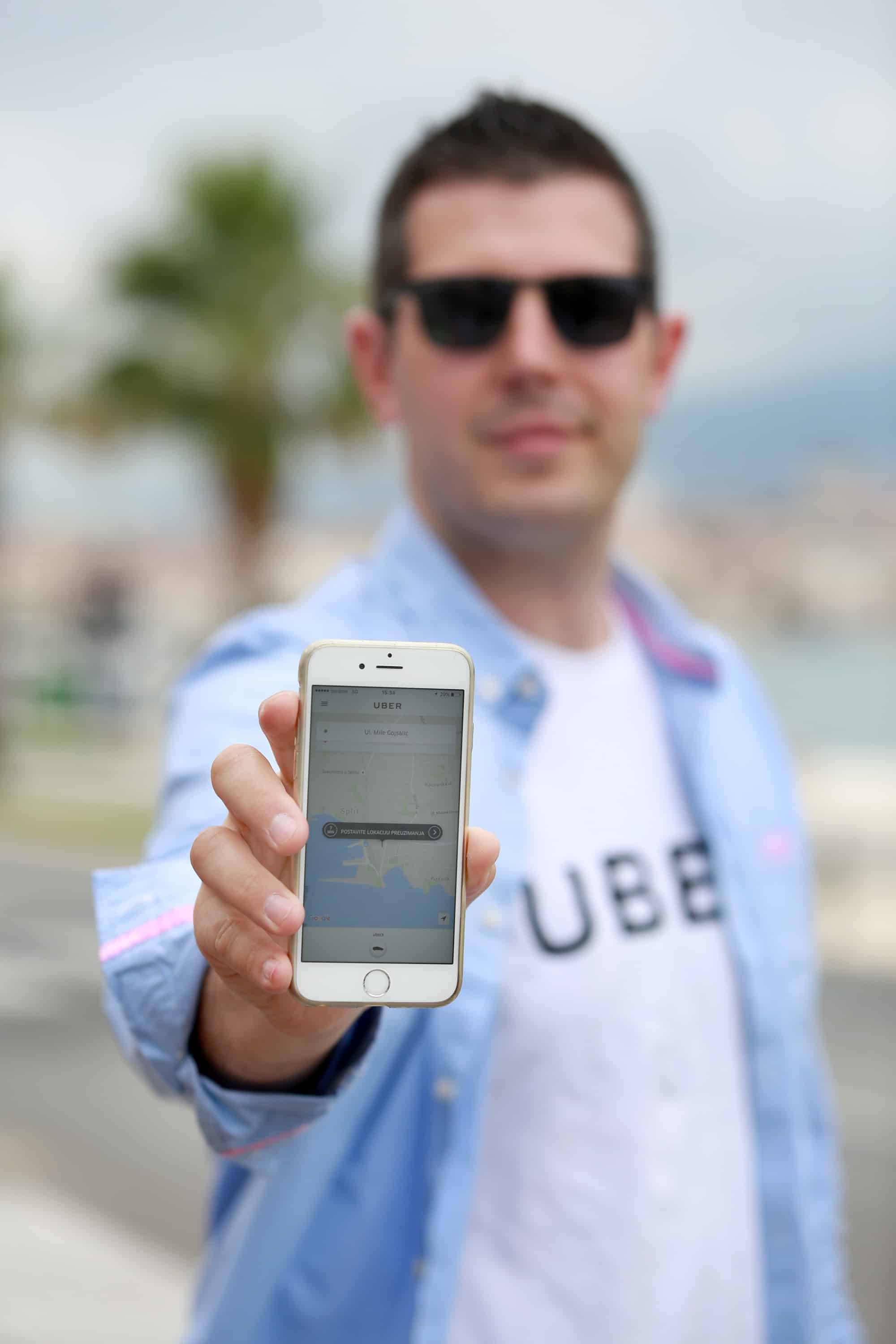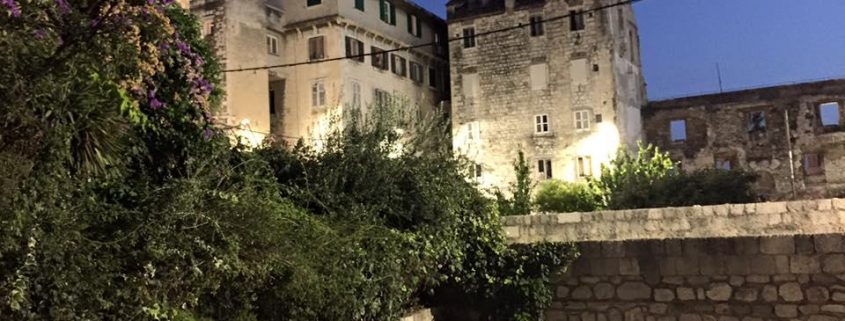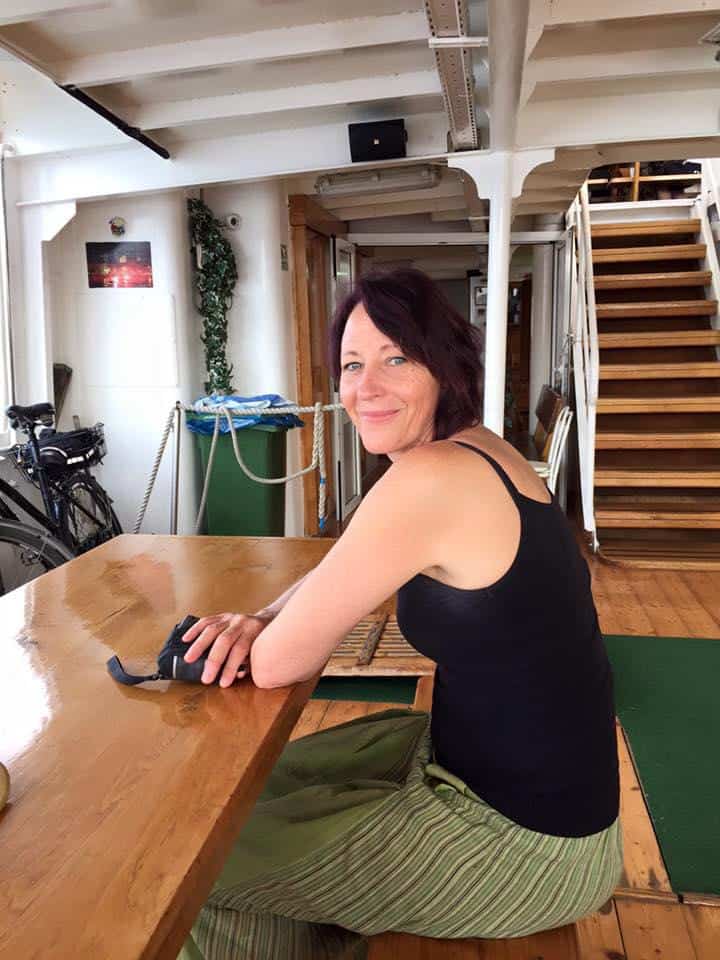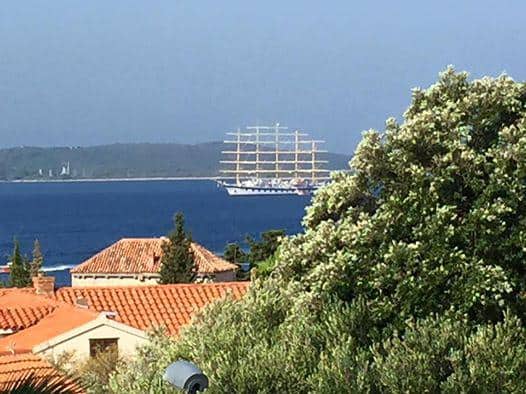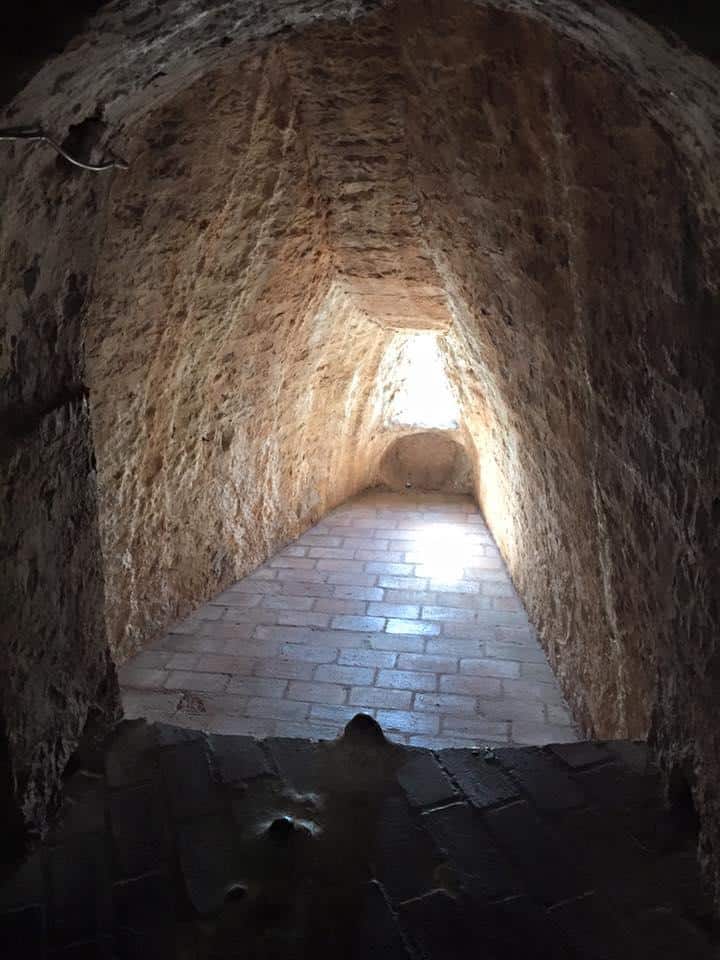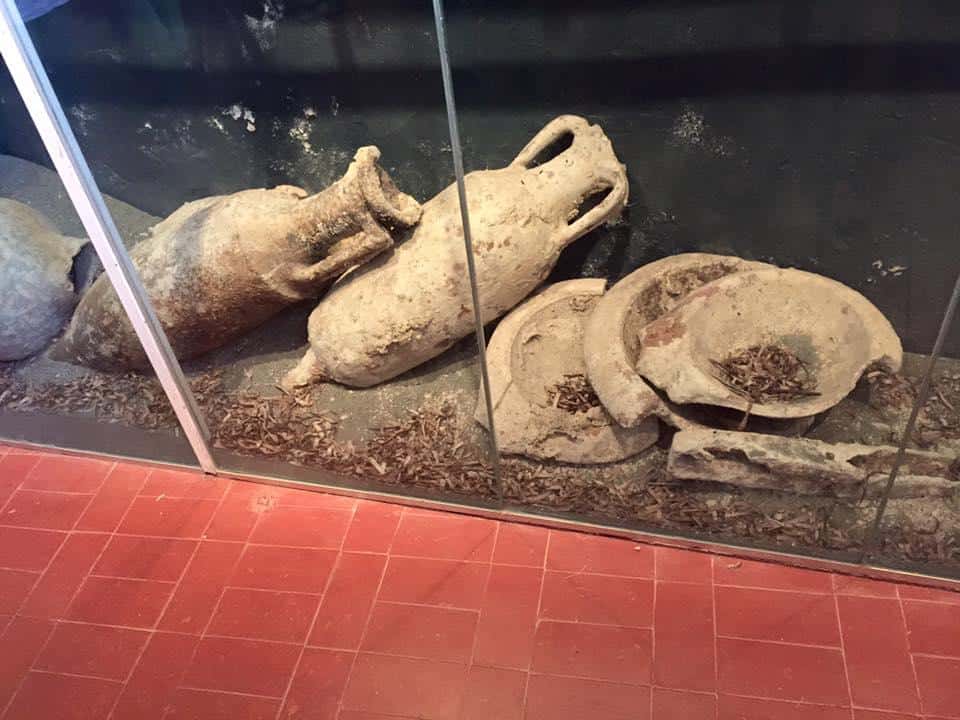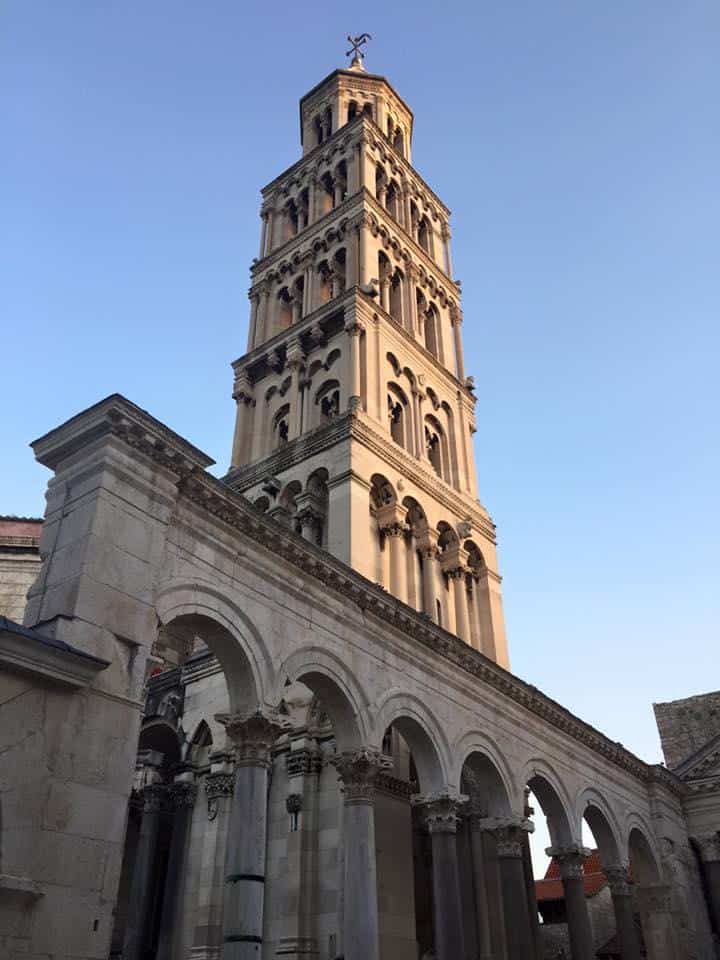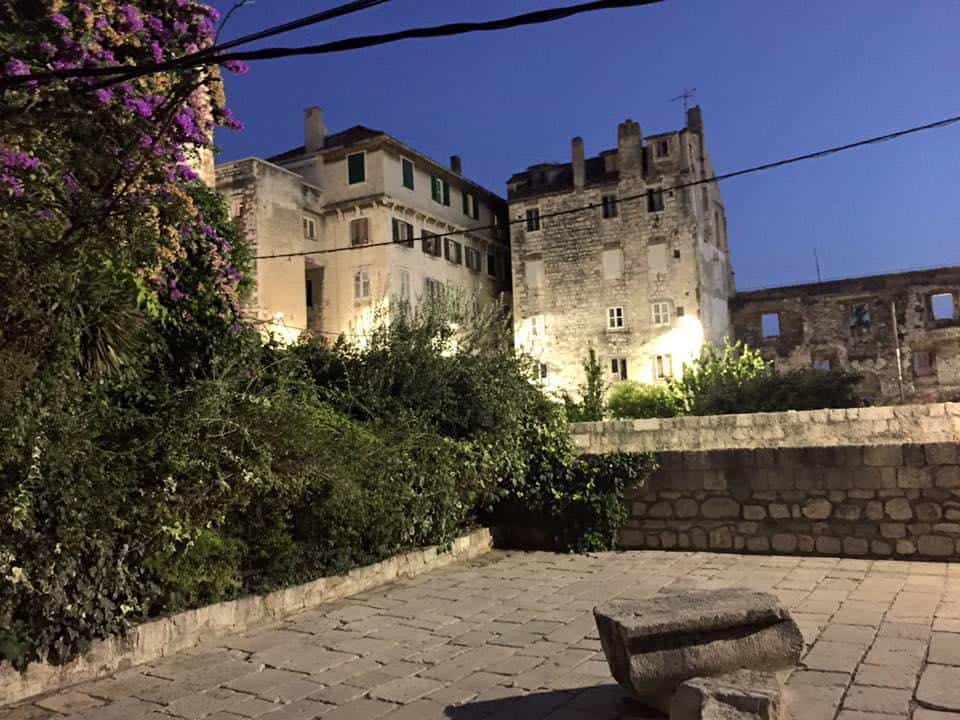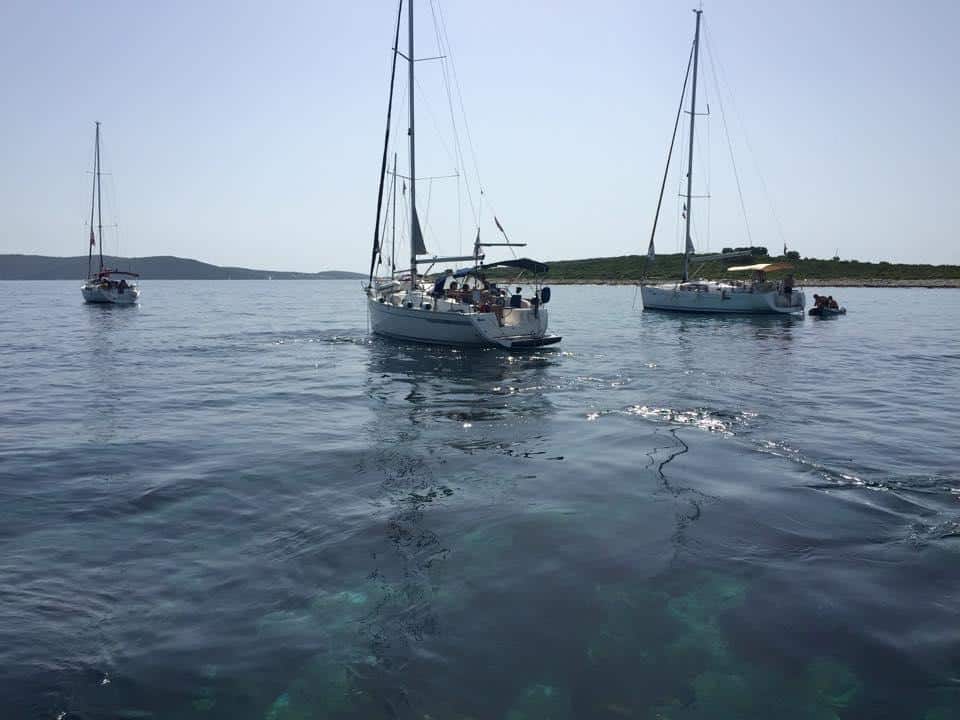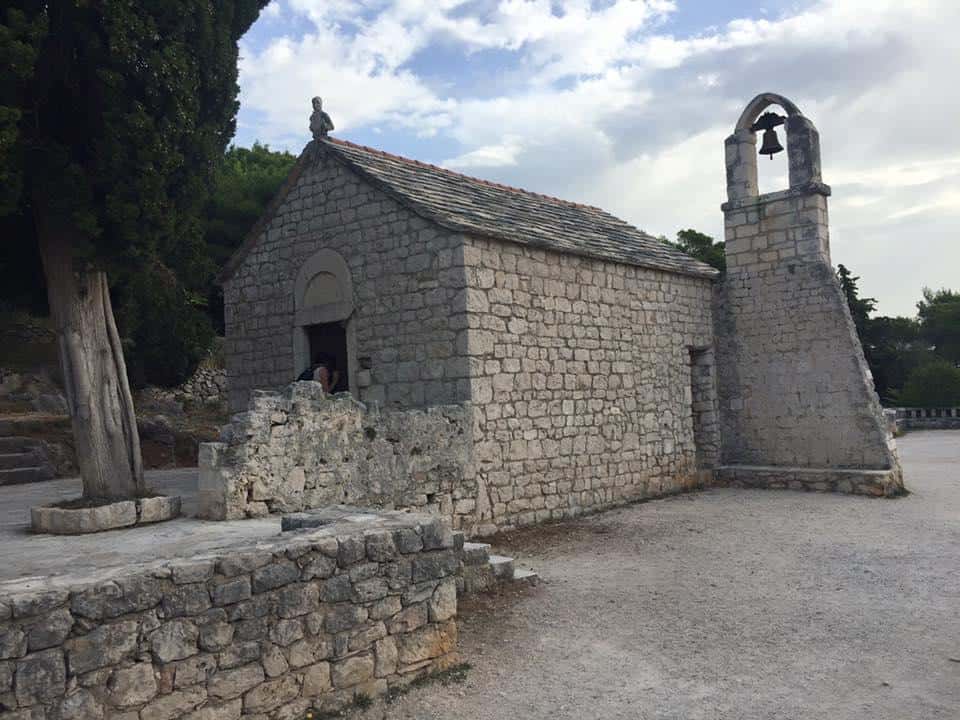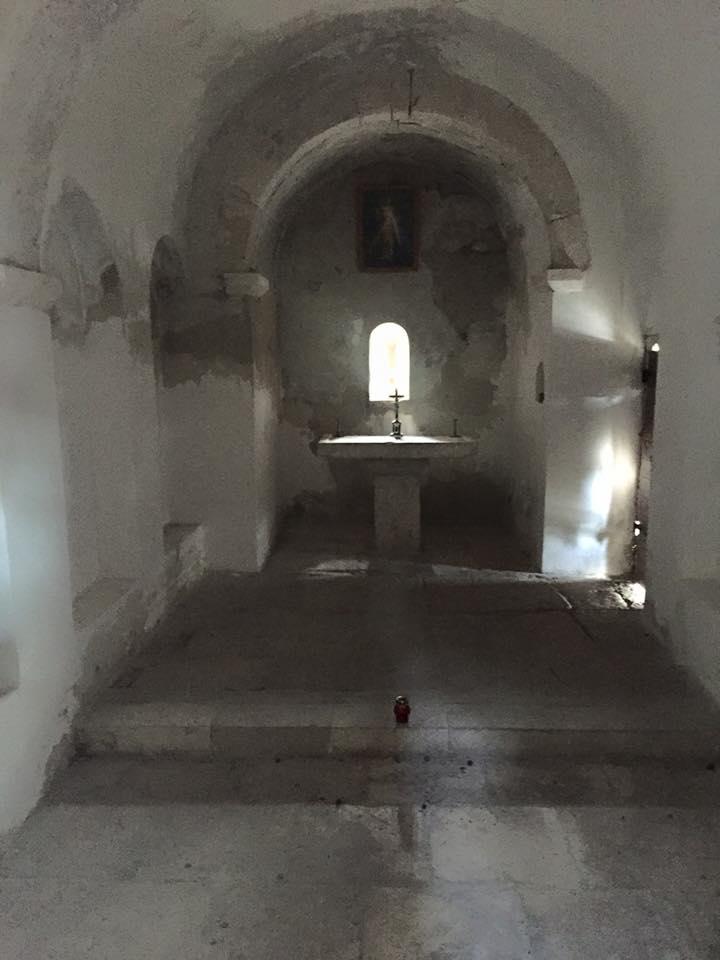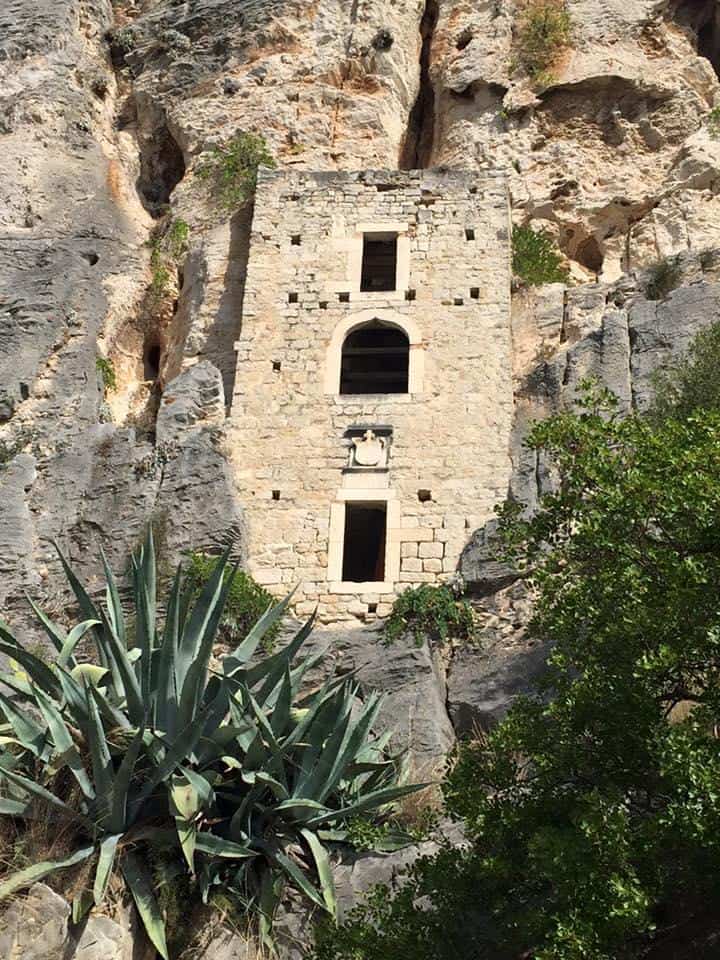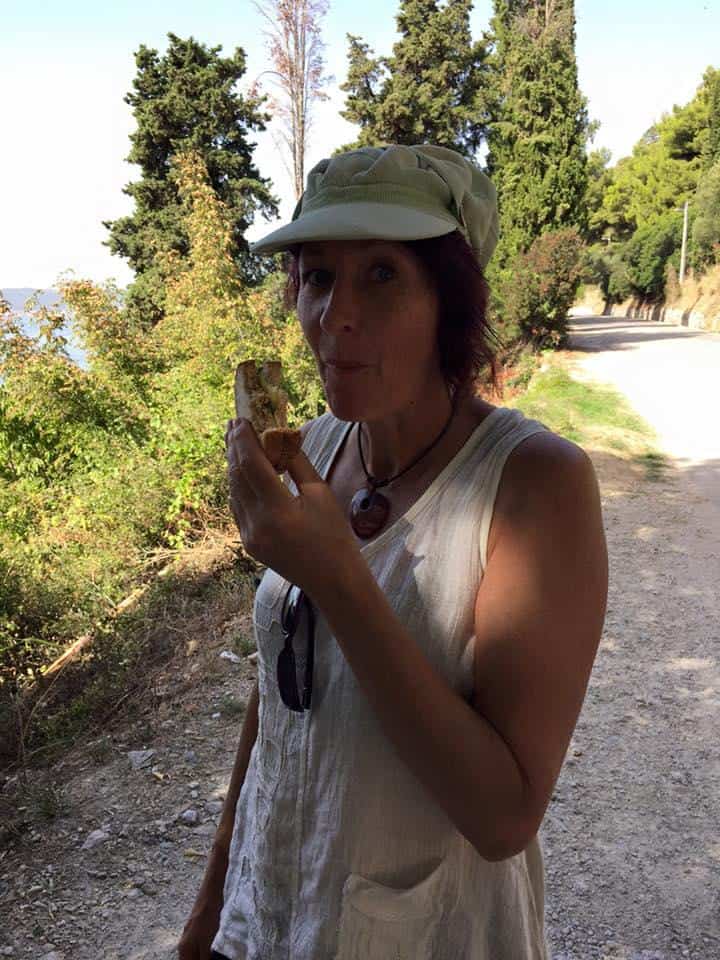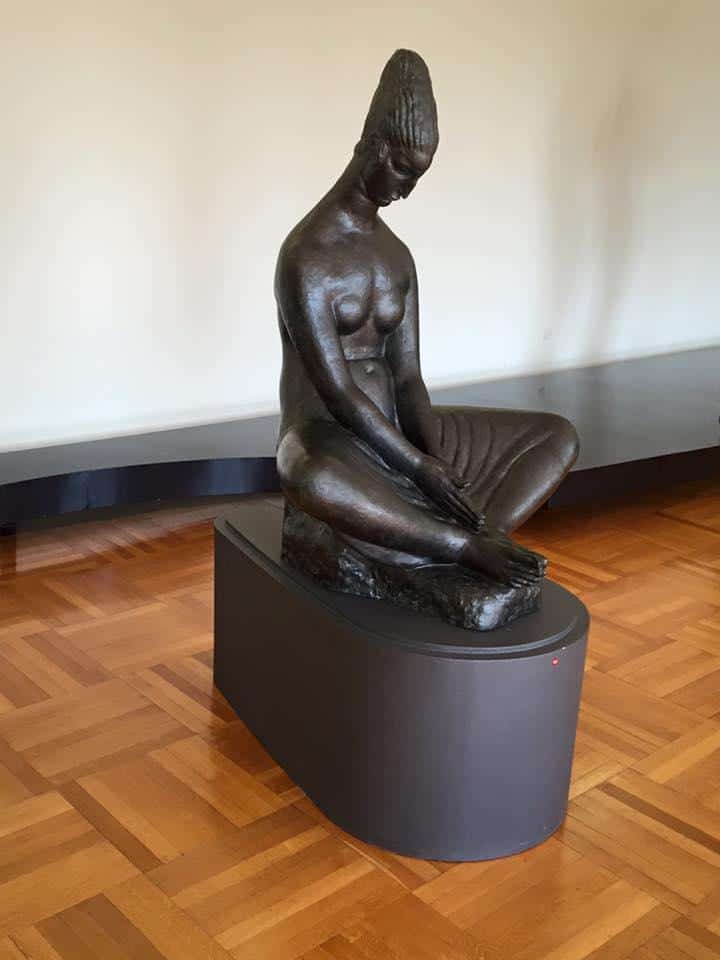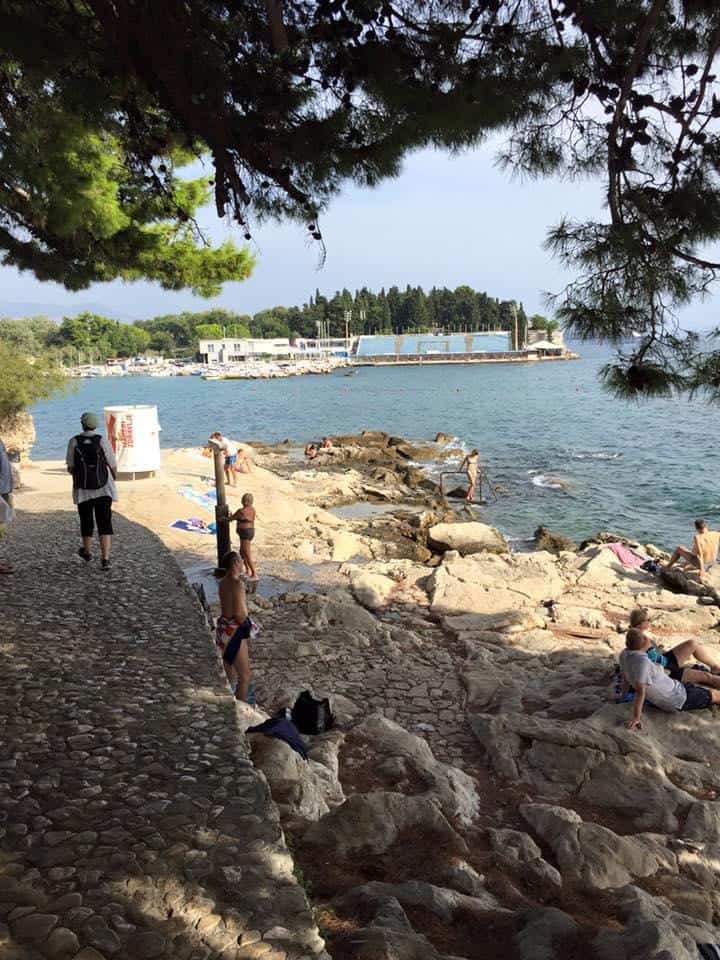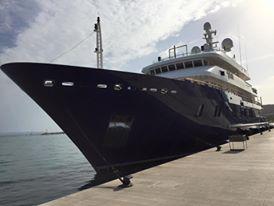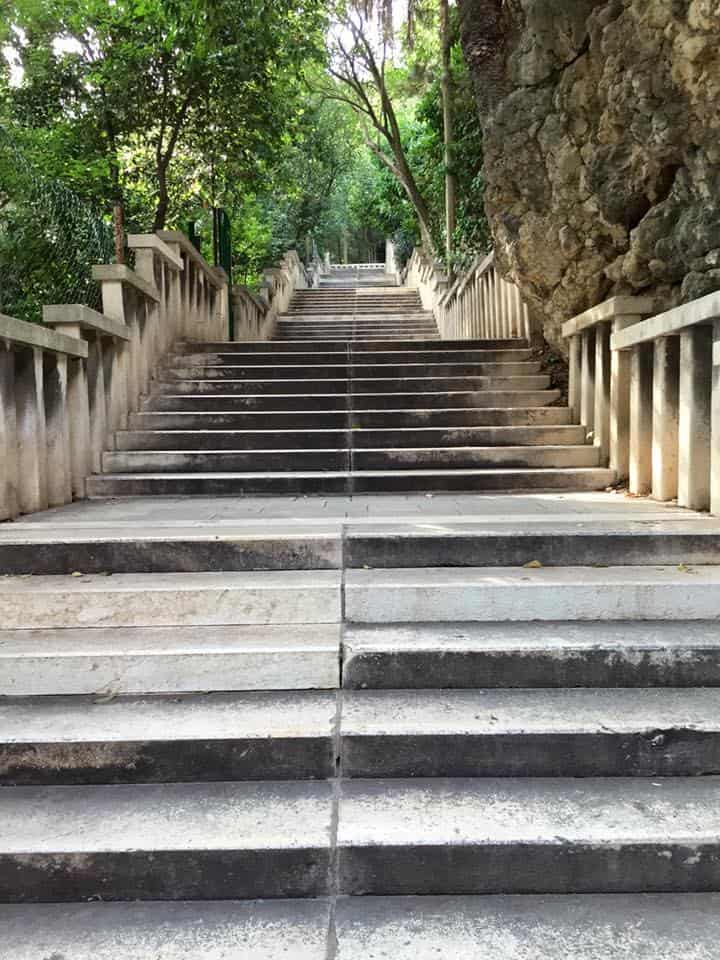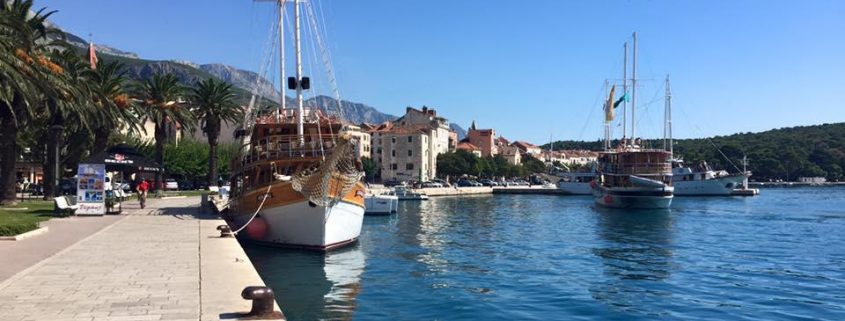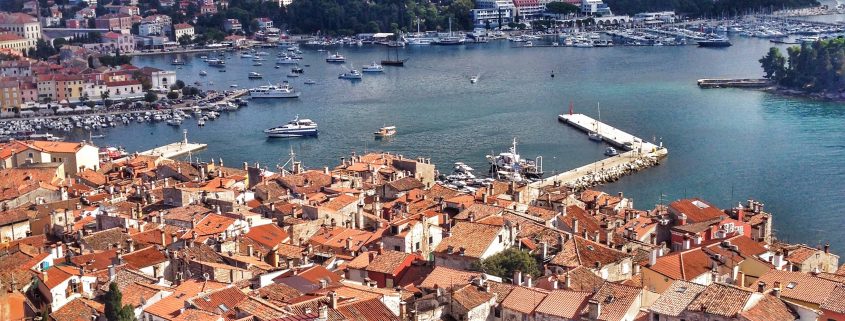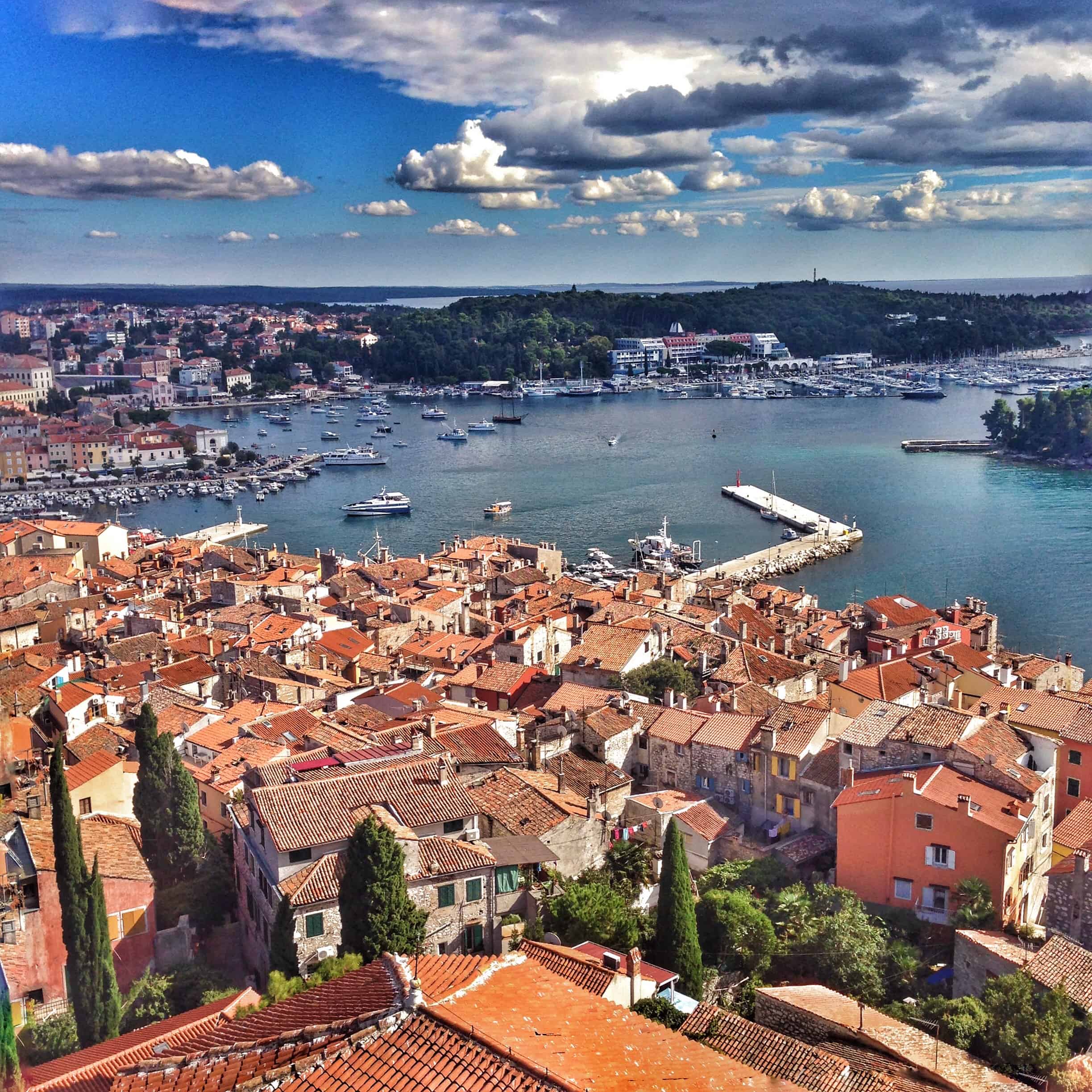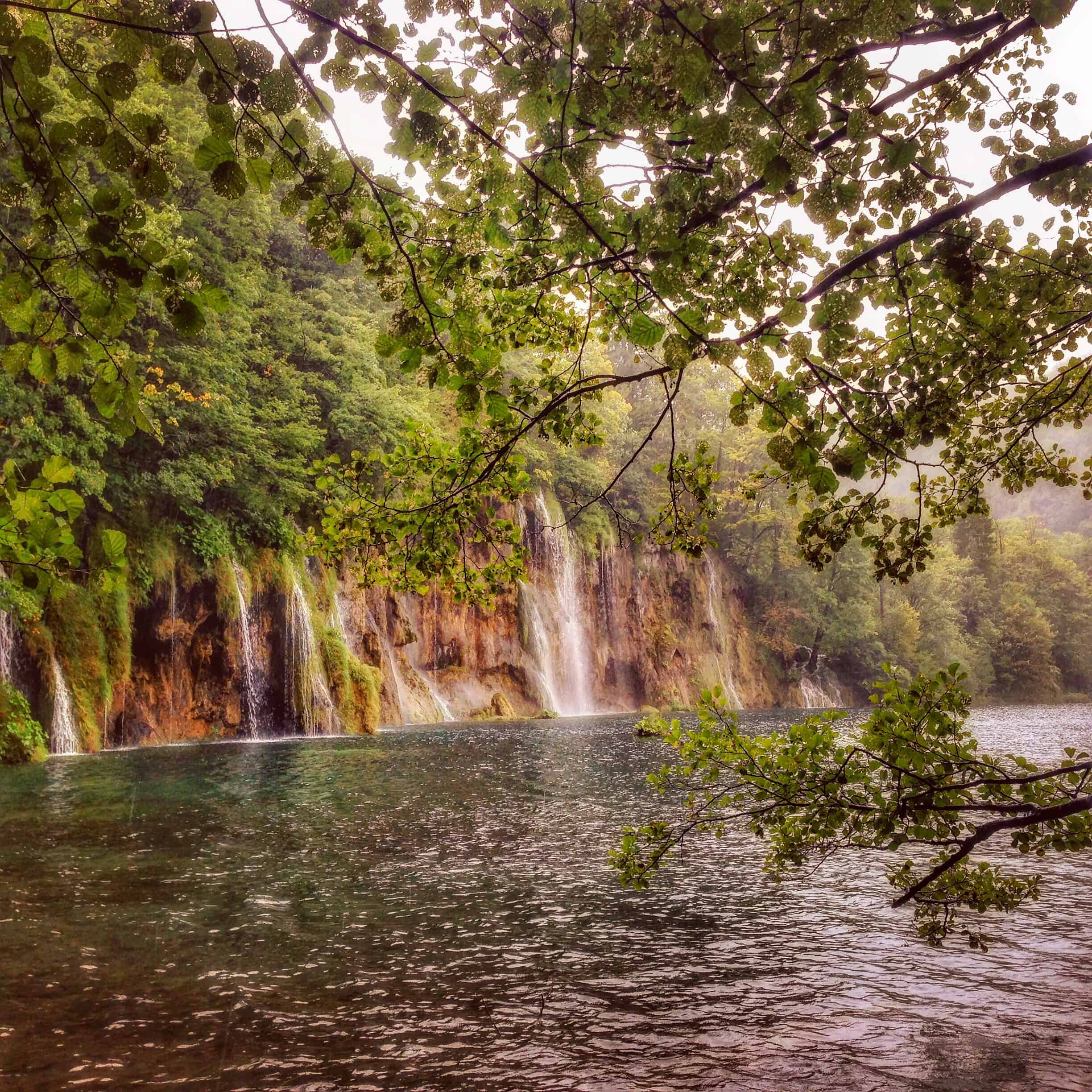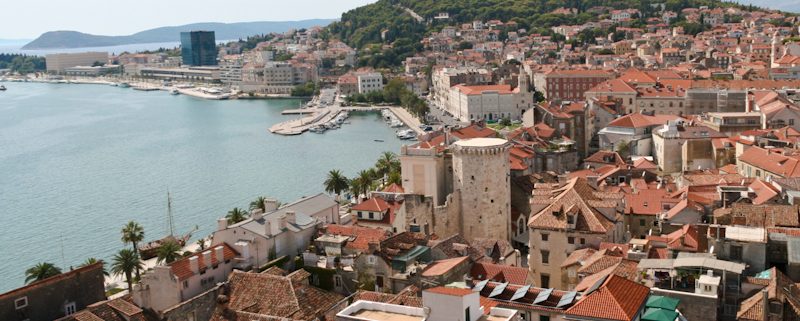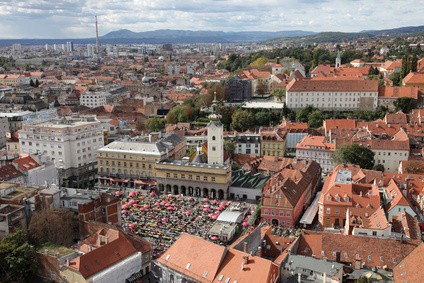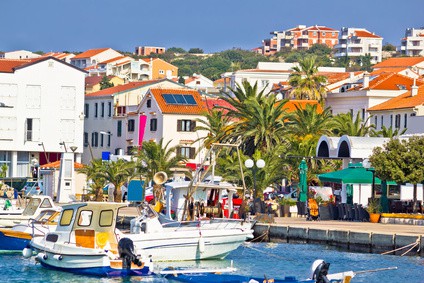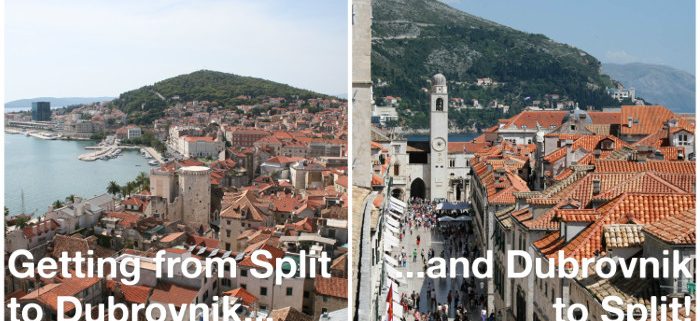Earlier this year, we were contacted by a friendly gentleman, Neil, who needed a little assistance in planning his trip to Croatia. After a few emails back and forth, he had set out a plan for visiting Croatia with his partner – specifically the towns and islands of Dalmatia in September. He was kind enough to keep in contact with us during his trip and has even more kindly written a wonderfully informative trip report, complete with some stunning photos, to share on the Visit Croatia website.
As well as writing extensively on the sights and experiences of these locations in Croatia, there’s also plenty of other useful tips that Neil shares – including using AirBnB for accommodation, and how to handle having particular dietary requirements when visiting Croatia.
Read on below for the first part of his report, featuring Dubrovnik and Makarska. Part two – covering the island of Hvar and Split – will be posted very soon!
Thank you ever so much for sharing your experience of Croatia with us, Neil!
Dalmatia in September 2015
by Neil Killeen
We decided to go to Croatia at rather short notice; it was part of our trip, in the end, of 10 days in the UK, 10 days in Croatia and 4 days in Rome. Fortunately, I discovered the Visit Croatia website and even better (for me) wrote to Anna for some advice. This was along the lines of “I’m too lazy to work anything out for myself, please tell me what we should do in our 10 days” ! Anna was so incredibly generous with her time and ideas; I was truly amazed and appreciative. Later I discovered she runs many web sites and wondered how on earth she found the time and energy to bother with me.
We ended up having 3 nights in Dubrovnik, 3 in Makarska, 2 in Hvar town and 3 in Split. If we hadn’t booked so late, we might have spent the time on a cruise around the islands (easy set and forget), but by the time we started to look, the prices were quite expensive. If you book early, they can be pretty cheap and probably a nice way to see the Dalmatian coast.
We decided to use AirBnB for all of our accommodation. We like to Couch Surf as a great way to meet the locals and learn about a country. However, CS is not very big in Croatia – there were very few couches to be seen ! AirBnB worked out very well for us. We rented self-contained apartments (so we could cook for ourselves because of dietary restrictions). We typically paid Aus$70/night, which was pretty cheap. All the hosts were lovely and helpful. All the apartments were just as advertised (you have to do your research of course and select carefully). The main variable is beds and pillows. It’s hard to know what you will get, as hosts will generally tell you their bed is very comfy. I happen to have an unhappy neck, and so bed (and more importantly pillow) quality is important. I even contemplated dragging my special pillow around the planet! I did have a bit of pillow trauma, but usually we were able to improvise something with towels and other cushions that might be in the apartment.
Regarding food, my partner, Ri (“Ree”), is fructose (including wheat) and dairy intolerant. Two of the main fructose bearers are onion and garlic, which can be problematic when eating out. So although we did eat in a lot, when we did eat out, we were expecting pain (either stomach or waiters) in finding food she could eat. It turned out to be quite the opposite. The attitude everywhere was ‘Of course we can do that’, and they could. Perhaps food is less pre-prepared than in Australia to help this along. Even better was that we found the BEST EVER dairy-free ice-cream in Dubrovnik (at the harbour). We hardly believed the server when she said it was milk free (as it tasted just like normal and was so thick). But no stomach trauma occurred so it was true. We went back for more.
We flew from London to Dubrovnik. Because this trip was in September, flights were not so frequent. We didn’t want to get on a dawn flight, and I think the only afternoon flight (that we were prepared to take) was only 1 or 2 times a week (that was EasyJet). Some of the budget airlines also stop flying these routes around this time (e.g. EasyJet stopped flying Split to Rome mid September before we departed). Although we arrived in the evening, we took the frequent Airport bus (much cheaper than a taxi) into the old town to one of the main gates. From there we took a cab to our destination. Our host was working but he lined up his daughter to meet us. She took us for a little walk to orient us, which was sweet of her.
Like most people, we focused on the old town. We did buy a 3-day Dubrovnik card (museums and some bus tickets). However, really, many of the places supplied by the card are not exactly world class, so I don’t think it’s really worth it. On the other hand, you could say that it does give you an interesting and useful cultural perspective and one should not get too snobby. There are of course plenty of great cultural buildings and experiences; it’s just that not many are on the card.

Panorama of the Dubrovnik harbour
I was interested in the (very complex) history of the Home Land wars of the 90s and both in Dubrovnik and at the top of the hill (in the old fort now museum which was a defensive stronghold in the siege of Dubrovnik) there is lots of very worth while material. I reckon it’s worth taking the cable car up to the fort rather than a tour in a 4-wheel drive (they have a long list of reasons why they are better of course). Really, we like to do things at our own pace, not have deadlines to meet (20 min here, 30 min there). Because it was September it wasn’t too busy which was great – neither did we suffer the arrival of a cruise ship and several thousand people clogging the place. The weather was lovely; I reckon September is good to be in Croatia.
We went to an Art Gallery with a large exhibition of one emerging artist. Now my partner is an Artist, and we are very familiar with the process of writing the words for those cards that sit next to the art work so that you, the observer, can appreciate the incredible intellectual effort that is behind the art work. In colourful Australian vernacular, we call this “Art Wank” (I am quite good at writing it). We encountered the best example ever of this in this gallery which you can see for yourself in the picture.
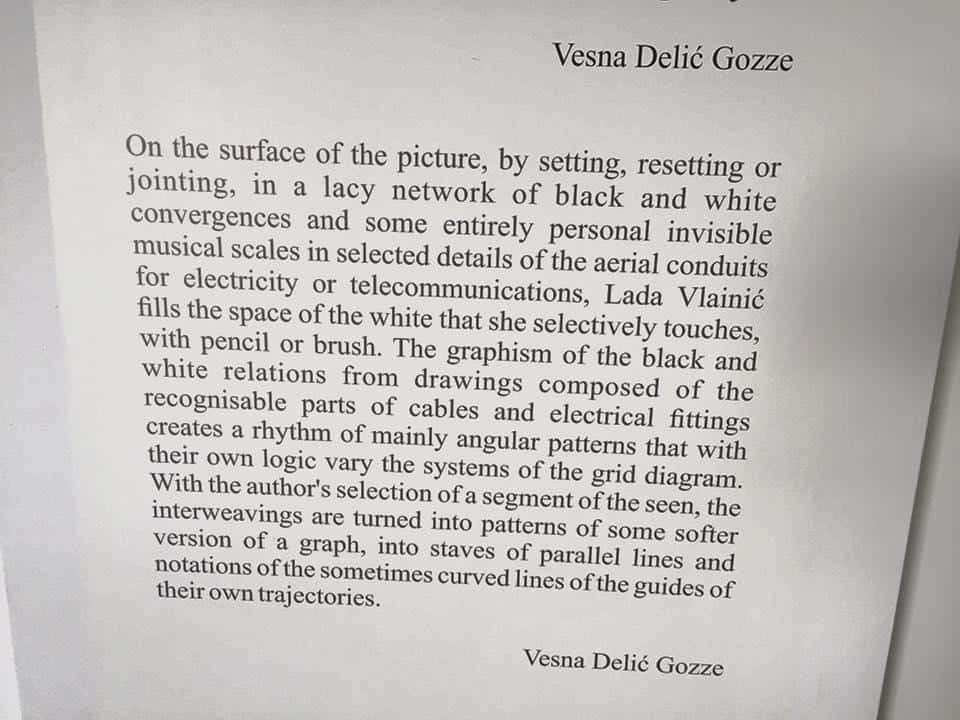
“Art Wank” in the gallery
I particularly liked the “personal invisible musical scales” (being a musician). We did also find a very small, almost invisible gallery with a photographic exhibition. The pictures were all of a single family, and the photographer was one member of that family. They were a quirky lot and the exhibition explored how that particular (all grown up) family came together and created their own fun. There was no art wank at all, so we got the guy looking after it to explain it to us !
There is a very cool café just outside the old town walls which looks out over the sea. Great to have a local beer there for a while – you have to be alert to get a seat closest to the sea. There were some young men jumping into the sea from the rocks. They were swanning about in their boardies attempting to look cool/tough/attractive as they attempted a free beer by flirting with the waitresses. No free beer ensued, but the waitresses were nice to them. Throughout our trip, people were invariably friendly, positive and helpful, even though it was the end of the season and probably they were totally over the tourists. We didn’t do any boaty things in Dubrovnik – we left them for later in the trip.
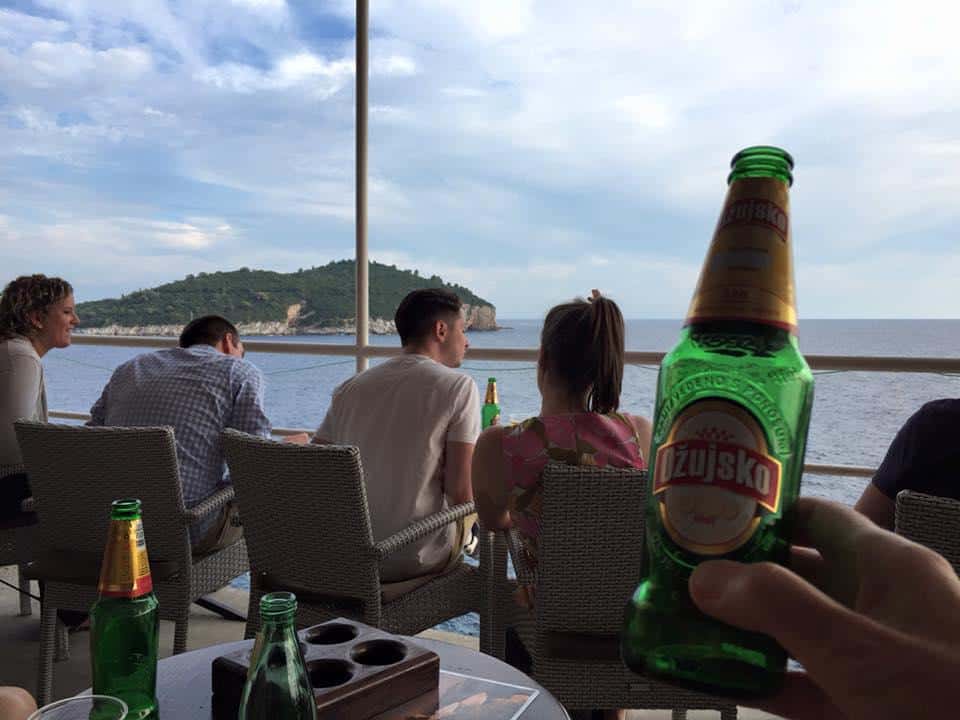
The Waterside Old Town Café
From Dubrovnik we took a bus (there are lots of buses in Croatia and I usually used an App on my iPhone to book tickets – that worked well) to Makarska, sometimes dubbed the “Riviera of Croatia”. The bus trip provides some beautiful coastal scenery and our host kindly picked us up at the bus station (he even deferred his shift at the fire station by 45 min so he could collect us).
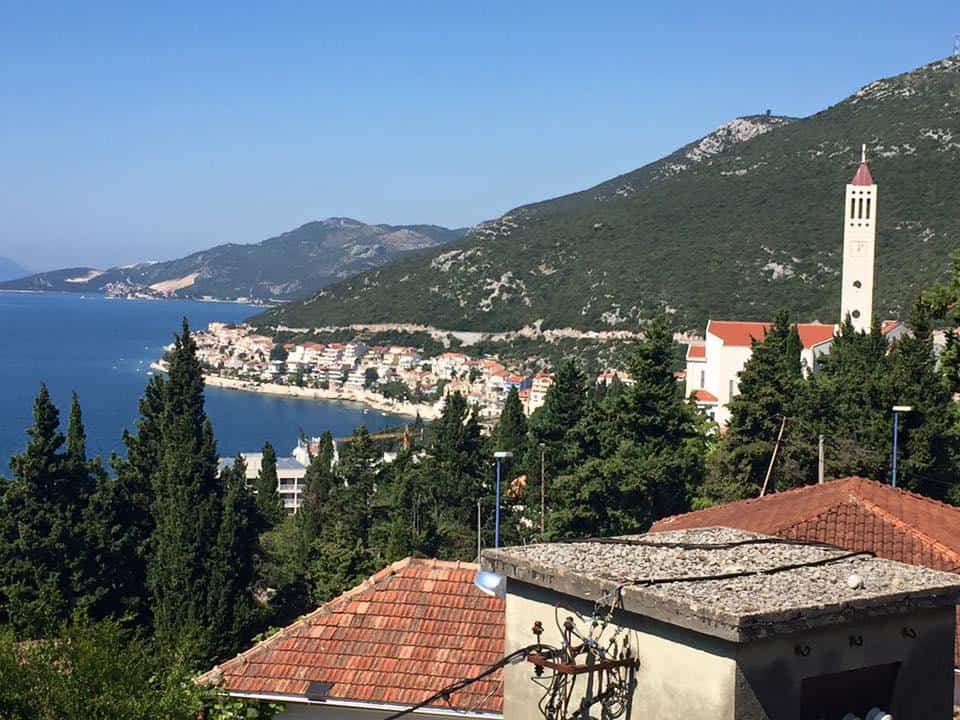
On the way to Makarska
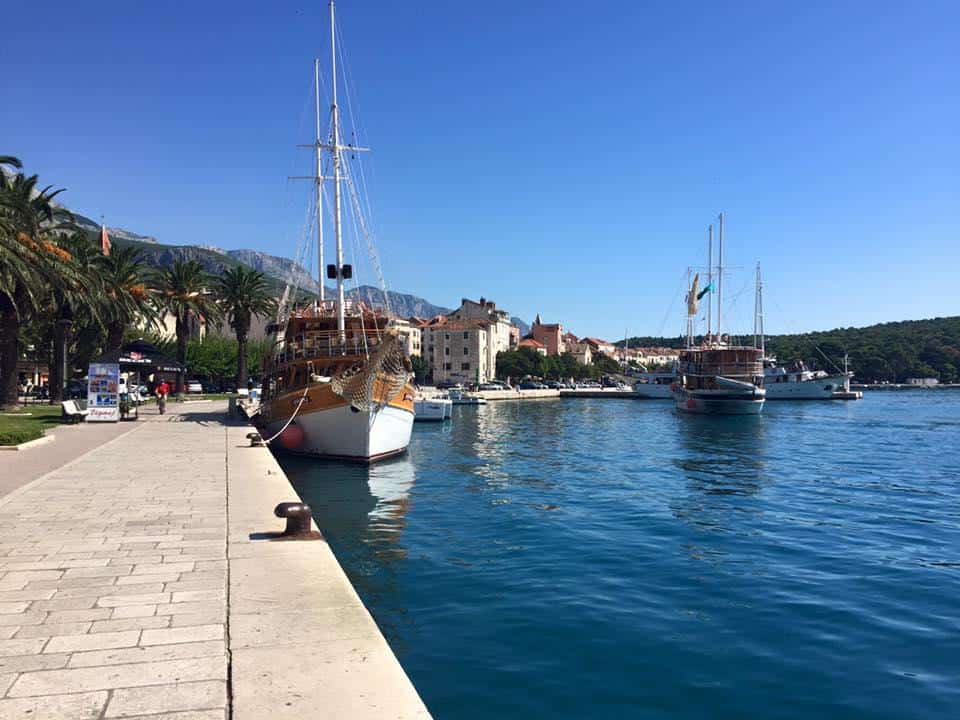
Makarska Harbour with mountains in the background
Our apartment was about 10 steps to the harbour – which is pretty darn handy.
Like much of the Dalmatian coast, Makarska is jammed in between the mountains and the sea. But here, the mountains are extra beautiful exuding this steely grey strength. I really just had to stare at them a lot to soak in the beauty. We sampled our first pebbly beach here and found it pretty comfortable, even without a mattress (the experienced travellers could be detected easily by their pebble-beach preparations).
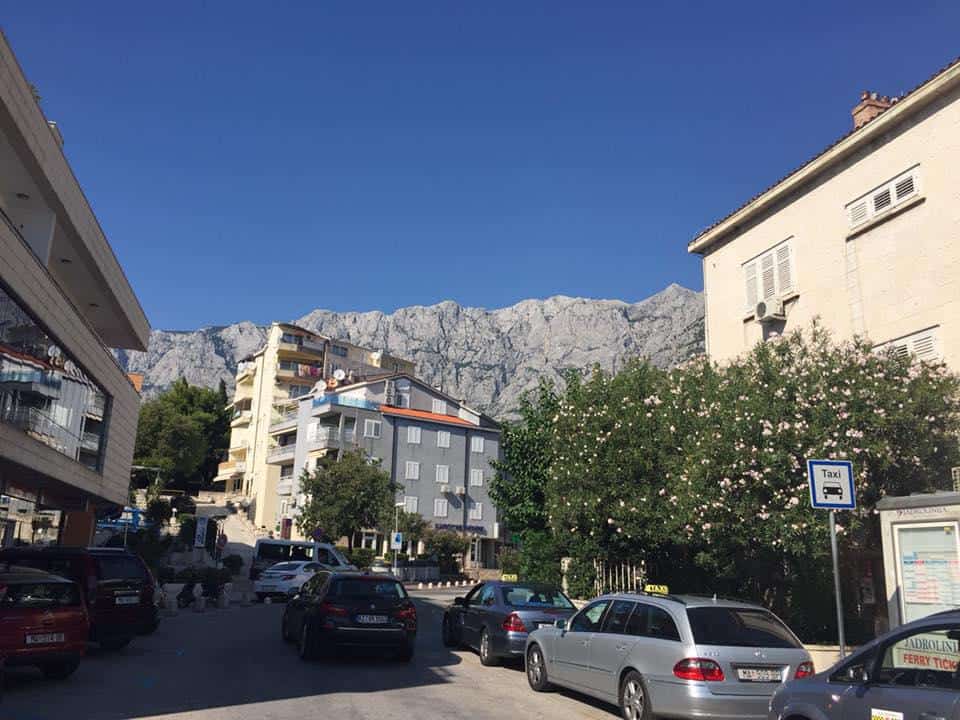
Makarska mountains
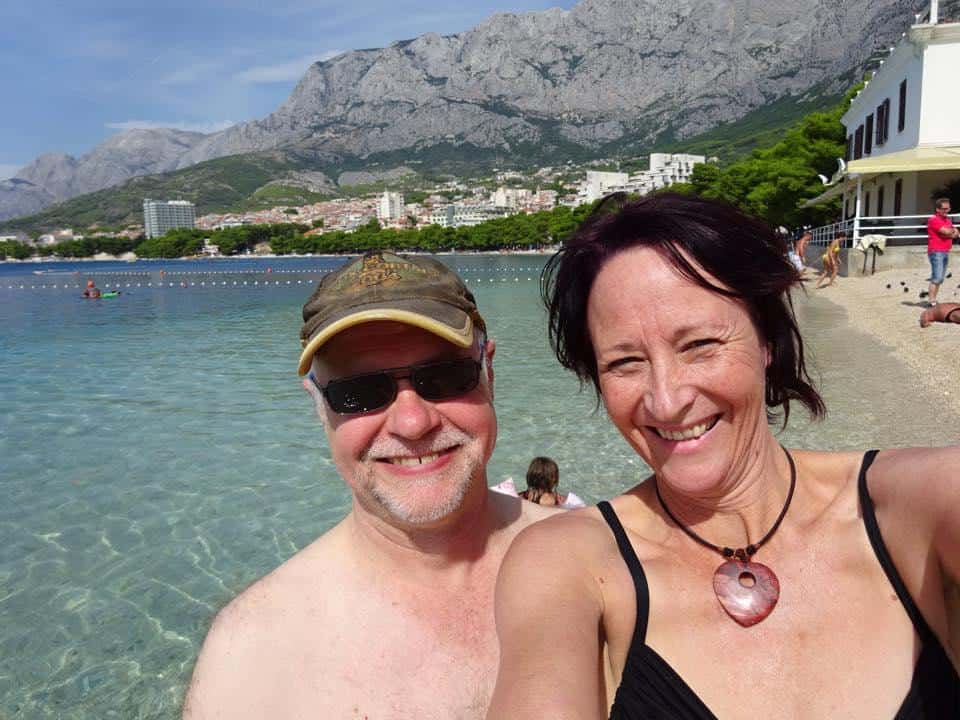
The beautiful Adriatic
We also found a nice park right next to the beach with lovely grass out of the wind to lie on, gaze at the mountains and read books – I did a lot of that here. Strangely, nobody else took advantage of it in this way! There were no “Keep of the grass” signs, so I don’t know why nobody else did; perhaps a little over-obsessed with becoming a lobster at the beach.
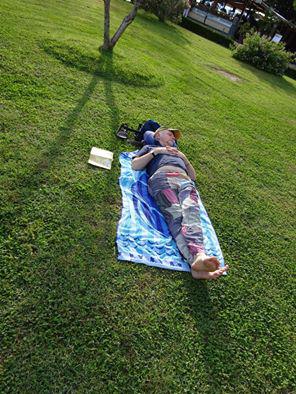
Makarska Park
The tourist demographic in Makarska was very middle-aged couple (like us!). However, we were struck by the huge amount of obesity that we saw (in the tourists), especially, but not only the men. Australia has an obesity problem, and I thought I could stand to lose a Kg or 2, but I felt like a wraith there. We noticed also the huge amount of food people packed away when they went to dinner. We might share a meal and be sated – we observed one guy (not so large – yet) eat more for dinner than I could have managed all day. We wandered around the back streets of Makarska and found some nice fresh food (cheaper and nicer than the supermarkets). The supermarkets did however cater for gluten free bread and the like.
We also had our first real taste of Croatian music making here. We happened to be in Makarska for their Fish Festival (could have been a weekly event for all we knew!). So in the evening down at the harbour there was lots of traditional music making. It seems all Croatian men know all the songs as they all sing along with great gusto (and some with rather fine voices). The degree of gusto seemed to be correlated with the rapidity with which wine glasses were recharged…. The melodies for many of the traditional folk songs are simple, so I gusto-ed along as well, spouting pseudo-Croatian as needed.
There is a famous beach, Zlatni Rat, on the island of Brac. You can take a ferry from Makarska to Sumartin, then a bus to this beach. The only problem is you can’t get back again. In September the time tables change to something unhelpful. Basically, the bus back to Sumartin arrives after the ferry departs back to Makarska. Take an earlier bus you say. Well if you do that, then you arrive back at Sumartin before you have even arrived there in the first place (it’s all a bit Dr. Who). This was the point in time where we discovered that some of the tourist information folks were a bit tired and weary of a long season. Mainly, when you go into their office, they grudgingly get off Facebook to talk to you. Then mono-syllabic answers can be dragged from them with great effort. This particular person in Makarska knew that the timetables change, that they are dodgy, but didn’t really want to tell us. It was only because I had googled before and found inconsistencies that she grudgingly called the bus line on Brac (“you can call them, or I suppose I can if you really want”) to confirm the above transport conundrum. So, needless to say, Zlatni Rat, with its 5 degree (I think) side-to-side temperature differential remained a delight for the future.
Stay tuned for part two – with Neil travelling to Hvar and Split – very soon!
